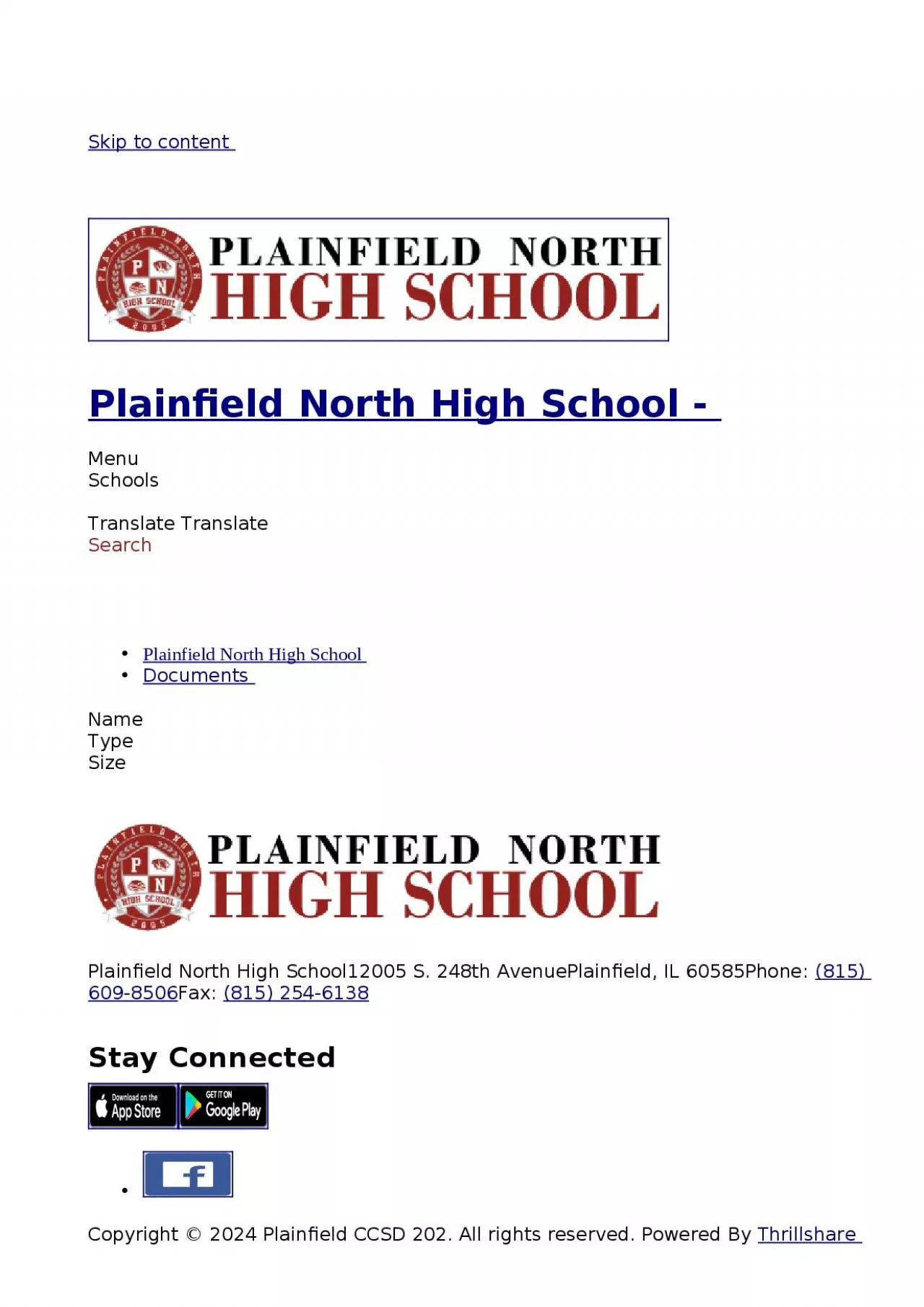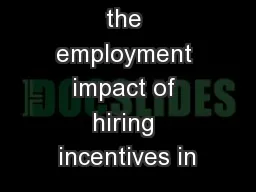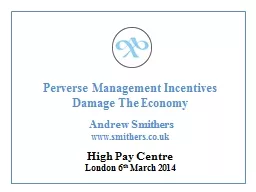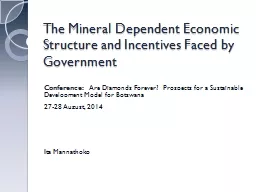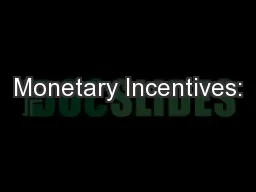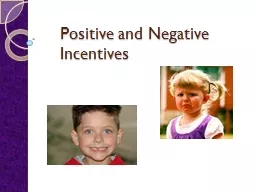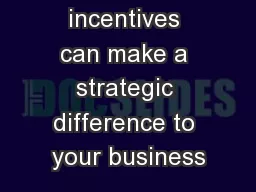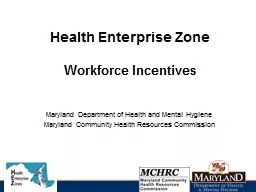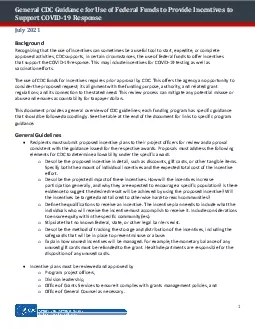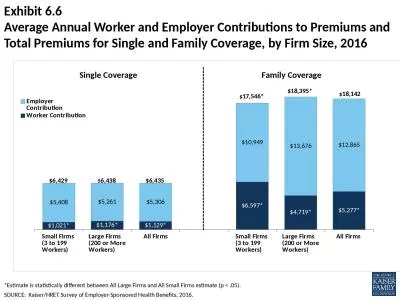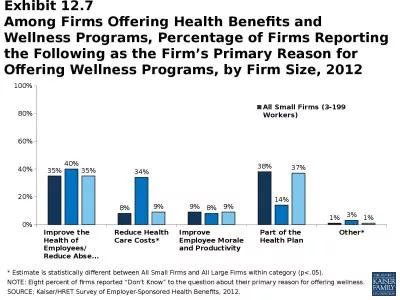PPT-The answer is has to do with incentives faced by firms in the two most common types of
Author : ximena | Published Date : 2023-10-31
oligopoly and monopolistic competition Why do competing firms sometimes fix prices Why do other competitors spend so much effort trying to convince consumers
Presentation Embed Code
Download Presentation
Download Presentation The PPT/PDF document "The answer is has to do with incentives ..." is the property of its rightful owner. Permission is granted to download and print the materials on this website for personal, non-commercial use only, and to display it on your personal computer provided you do not modify the materials and that you retain all copyright notices contained in the materials. By downloading content from our website, you accept the terms of this agreement.
The answer is has to do with incentives faced by firms in the two most common types of: Transcript
Download Rules Of Document
"The answer is has to do with incentives faced by firms in the two most common types of"The content belongs to its owner. You may download and print it for personal use, without modification, and keep all copyright notices. By downloading, you agree to these terms.
Related Documents

